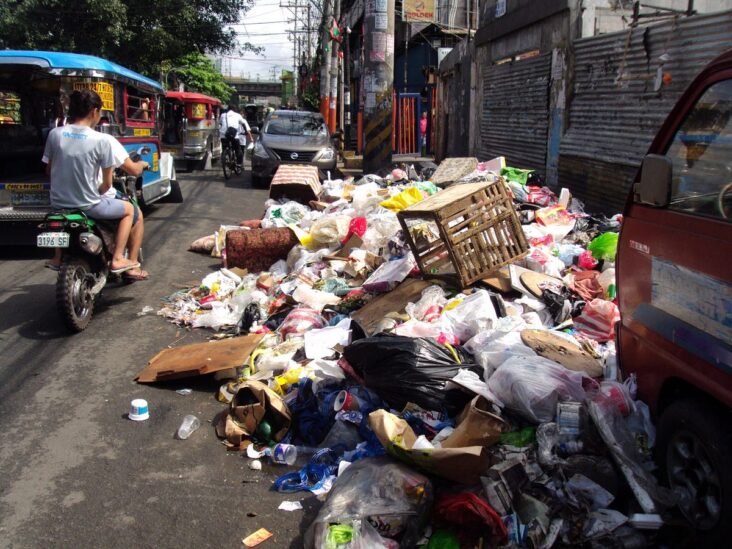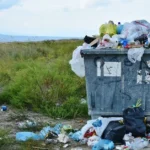Waste disposal, a seemingly mundane aspect of our daily lives, has far-reaching consequences when not done properly. Picture this: a world where waste is haphazardly discarded, where trash piles up without a plan. It’s not a pretty sight, and in this comprehensive guide, we’ll explore the not-so-pretty consequences of improper waste disposal in simple terms.
1. Environmental Impact:
- Land Pollution: When waste is left to rot in landfills without proper containment, it can seep into the soil and contaminate it. This pollution affects plant growth and can harm animals that rely on the land.
- Water Pollution: Improper disposal of hazardous materials like chemicals and electronic waste can lead to water pollution. When these substances make their way into rivers and oceans, they can harm aquatic life and contaminate drinking water sources.
2. Health Risks:
- Air Pollution: Burning waste in open dumps or incinerators releases harmful chemicals and particulate matter into the air. Breathing in these pollutants can lead to respiratory issues and other health problems.
- Disease Spread: Improper waste disposal can attract disease-carrying pests like rats and mosquitoes. These pests can then spread diseases like malaria and dengue to humans.
3. Aesthetic and Social Impact:
- Unsightly Scenery: Imagine a world where trash lines the streets and piles up in public spaces. This not only affects the aesthetics of an area but also diminishes the quality of life for residents.
- Tourism and Economy: Areas with poor waste management often deter tourists, impacting the local economy. Nobody wants to visit a place choked with garbage.
4. Resource Depletion:
- Wasted Resources: When recyclable materials like paper, plastic, and metals are improperly disposed of in landfills, it’s like throwing away valuable resources. Recycling helps conserve these resources and reduce the need for new production.
5. Greenhouse Gas Emissions:
- Methane Emissions: Organic waste in landfills generates methane, a potent greenhouse gas that contributes to climate change. Proper disposal methods, like composting, can reduce these emissions.
6. Legal and Financial Consequences:
- Fines and Penalties: Improper waste disposal can lead to legal troubles, including fines and penalties, for individuals and businesses.
- Cleanup Costs: When waste sites become environmental hazards, the cost of cleaning up falls on governments and taxpayers.
7. Wildlife Impact:
- Habitat Destruction: Polluted environments and land degradation disrupt habitats for wildlife. This can lead to loss of biodiversity and endangered species.
- Ingestion and Entanglement: Marine animals often mistake plastic waste for food, leading to ingestion and harm. Additionally, discarded fishing nets and plastics can entangle and trap marine life.
8. Resilience to Natural Disasters:
- Flooding: Poor waste management can clog drainage systems, increasing the risk of flooding during heavy rains.
- Fire Hazards: Accumulated waste in dumpsites can become a fire hazard, especially in dry climates, risking lives and property.
9. Social Inequality:
- Unequal Burden: Improper waste disposal sites are often located in marginalized communities, disproportionately impacting vulnerable populations.
10. Sustainability and Future Generations:
- Legacy of Pollution: The consequences of improper waste disposal can linger for generations, leaving a legacy of pollution and environmental degradation.
In conclusion, improper waste disposal isn’t just a nuisance; it has far-reaching and often severe consequences. By adopting responsible waste management practices, recycling, and reducing waste at the source, we can mitigate these impacts and work toward a cleaner, healthier, and more sustainable future for our planet and generations to come.


